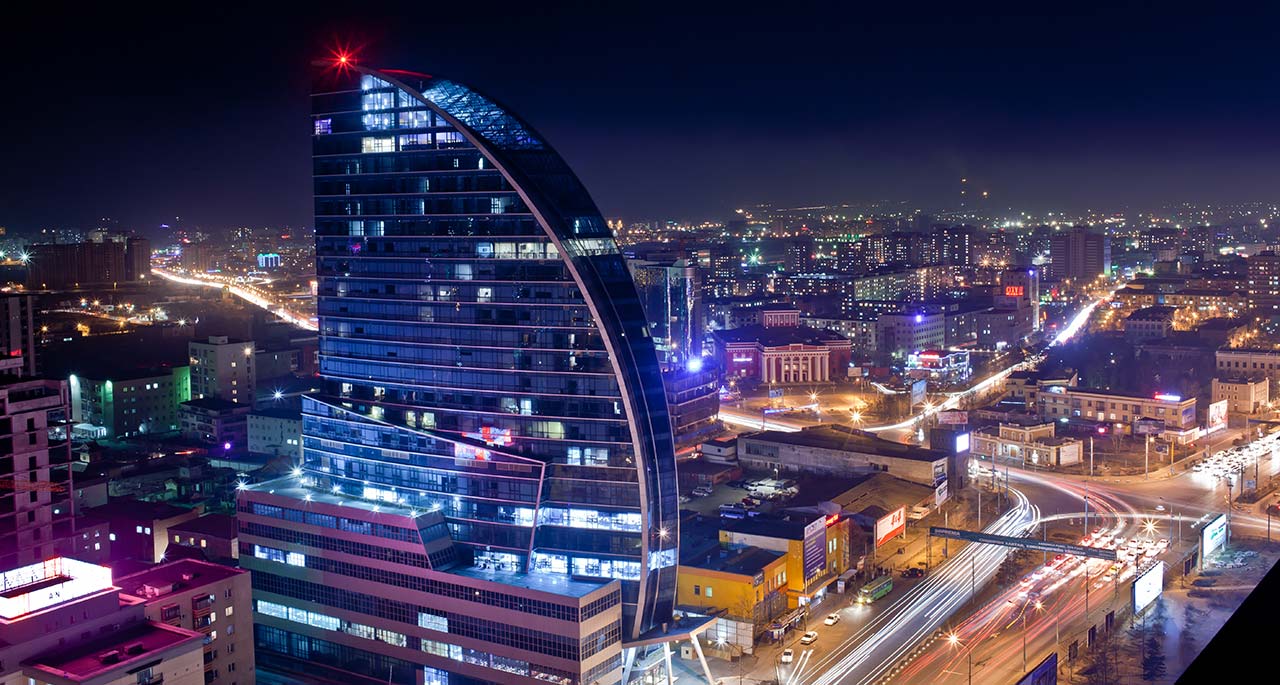Mongolia, a landlocked country in East Asia and Central Asia, spans vast expanses of steppes, deserts, and rugged mountains. Here are some key factual aspects:
1. Geography:
- Mongolia is the 18th largest country globally, covering an area of approximately 1.6 million square kilometers.
- It is bordered by Russia to the north and China to the south, east, and west.
2. Capital and Cities:
- Ulaanbaatar is the capital and largest city, serving as the political, cultural, and economic center.
3. Nomadic Tradition:
- A significant part of Mongolia's population follows a nomadic lifestyle, relying on herding livestock such as horses, camels, goats, and yaks.
4. Land of the Eternal Blue Sky:
- Mongolia is often referred to as the "Land of the Eternal Blue Sky" due to its clear, blue skies that prevail for much of the year.
5. Gobi Desert:
- The southern part of Mongolia features the Gobi Desert, renowned for its unique landscapes, including vast sand dunes and rocky formations.
6. Wildlife:
- Mongolia is home to diverse wildlife, including the elusive snow leopard, wild horses (Przewalski's horses), and various species of gazelles.
7. Religion:
- Buddhism has a significant influence, and Mongolia is home to various monasteries, with Erdene Zuu Monastery being one of the oldest and most important.
8. Language:
- The official language is Mongolian, written in the traditional script.
9. Independence:
- Mongolia gained independence from Qing China in 1911 and later became a Soviet satellite state until its democratic transition in 1990.
10. Nadaam Festival:
- The Nadaam Festival, featuring traditional sports such as wrestling, horse racing, and archery, is a major cultural event celebrated nationwide.
These factual elements provide a glimpse into the diverse and culturally rich tapestry that defines the nation of Mongolia.



 Naranchuluun
Naranchuluun 